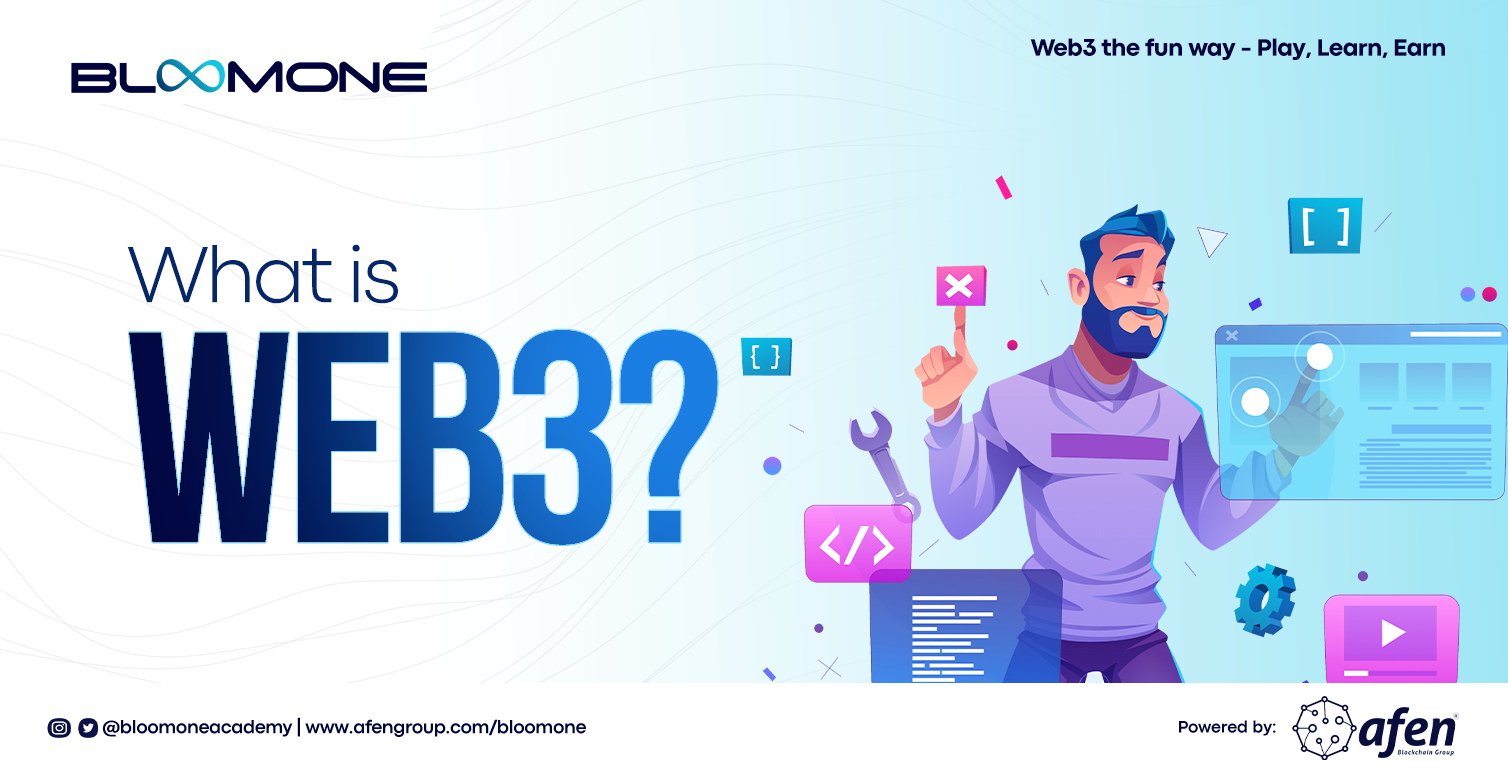
What is Web 3?
You probably must have seen old animations or movies where characters interact with computers with complete human voices or gestures and the computers respond as if they are humans. At the tip of the iceberg, that’s the kind of the phase of technology Web 3 is ushering us into; except that it does more with interacting more intelligently with websites and applications rather than with total computer mainframes.
Much like how computers are moving from microprocessors (fourth generation) to artificial intelligence (fifth generation); the internet is moving into a new phase in its evolution and some early pioneers call it Web 3.
Why the name “Web 3”? You ask? Well, because the current version of the internet we use is called “Web 2”, and the earliest form of the internet that would probably frustrate our lives today, was called “Web 1”.
Ok, so what the heck is Web 3?
Glad, you asked!
Web 3.0 is the next phase of the internet where websites and apps will be able to process information in a smart human-like way through technologies like Big Data, decentralized ledger technology (DLT), machine learning (ML), etc.
Web 3 aims at being a more autonomous, intelligent, and open internet compared to its predecessors; Web 2 and Web 1.
Sounds confusing? We got you. Let’s start by exploring the evolution of the internet and how exactly we got to Web 3.
Evolution of the Web
The web as we know it has undergone lots of changes since its introduction in 1991, passing through Web 1, Web 2, and now Web 3 generations:
Web 1
Web 1.0 was the first iteration of the web which lasted from 1991 to 2004. Web 1.0 consisted of sites serving static content instead of dynamic HTML. For context, they looked like long, read-only Wikipedia pages with lots of hyperlinks.
Data and content on this internet were served from a static file system rather than a database, and so websites didn't have much interactivity at all. Contents on Web 1 were typically served up in text or image format ad you can’t write back a text, upload a photo or video or even build stuff.
Along the way, a lot of technologies, including flash and Javascript, enhanced the internet experience and Web 2 was born.
Web 2
Web 2 is the current generation of the web we use that emerged in 2004. It's highly interactive and social — a giant leap from Web 1 — allowing more content formats like videos, audios, GIFs, and more.
Anyone can participate in Web 2 as you don't have to be a developer to upload a video or audio content and allow millions of people to see it, interact with it, and comment on it. Many apps are built in a way that easily allows anyone to be a creator.
While Web 2 enhanced internet interactivity, it restricted users in terms of data ownership. Companies developing platforms in Web 2 usually have control over users' data and can monetize it by selling personalized ads or users' data. Users, therefore, have no control over their data or how it is stored or used.
Governments also can exercise central authority and shut down platforms or websites within Web 2. To put it straight, you have no data control or ownership within the current Web 2 internet.
That is where Web 3 comes in!
Web 3
Web 3 aims to solve many of Web 2 shortcomings by fundamentally rethinking how we architect and interact with applications from the ground up. At the core, it is largely decentralized and developers don't have to deploy applications on a single server or store their data in a single database.
Instead, Web 3 applications either run on blockchains, decentralized networks of many peer-to-peer nodes (servers), or a combination of the two that forms a crypto-economic protocol. These apps are often referred to as DApps (decentralized apps), and you will see that term used often in the web3 space.
This would be a huge leap forward from our current internet (Web 2.0), where data is mostly stored in centralized repositories.
Because there is no central authority in Web 3, you would be the owner of your content and can control how uploaded or taken down from the internet. There would also be no censorship of data or Web 3 platforms as every Web 3 application developer would be controlled by a decentralized autonomous organization (DAOs).
On Web 3, users and machines will be able to interact with data in a unique fashion and everyday items you buy online would be bought using cryptocurrencies or other digital tokens.
Conclusion
Hopefully, now you have an idea of what Web 3 is all about. In our next article, we would go deeper into the components of Web 3 that make it unique and how network participants (developers) are incentivized to compete to provide the highest quality services to anyone using the service.
If you enjoyed this content, why not share it with your network? Sign up on our waitlists across different products (Metacitti, NftyTribe, and BloomONE), to receive direct development updates on our progress.
